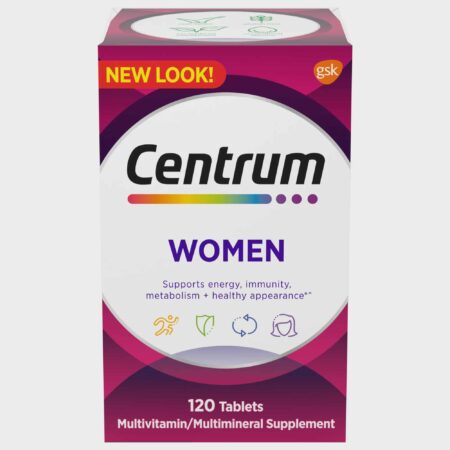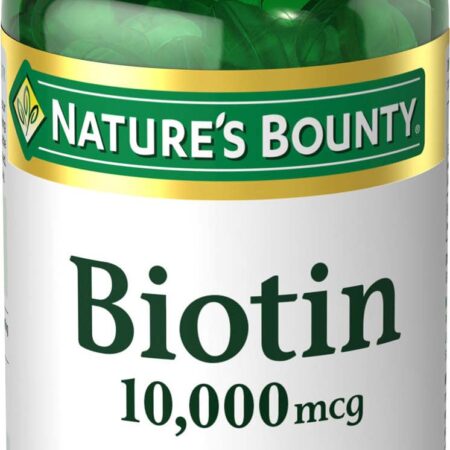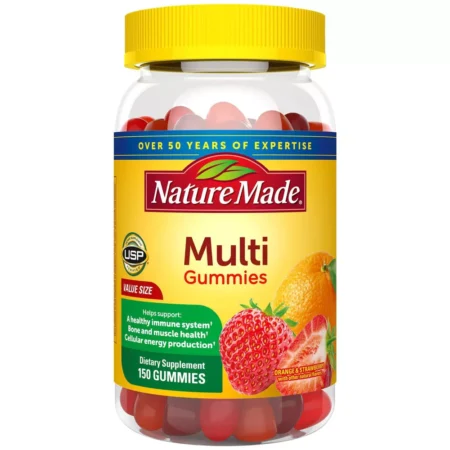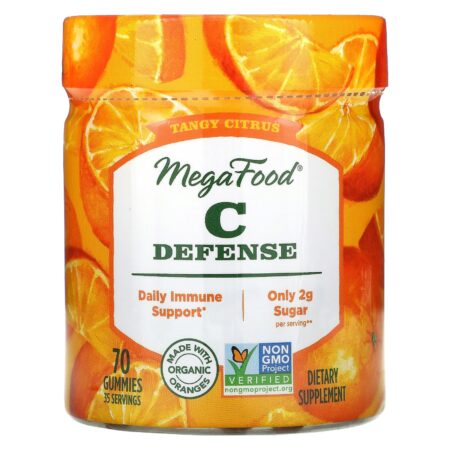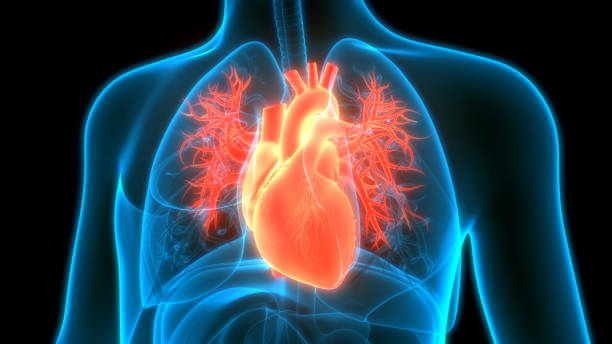Devoid of the sun, vitamin D provides a natural source for among the hormonal agents important to our bodies, particularly the bones. However when you’re down on this important nutrient, it’s not just your bones that might suffer, however likewise your cardio health, according to brand-new research study from the University of South Australia.
In the very first research study of its kind, scientists from the UniSA’s Australian Centre for Accuracy Health at SAHMRI have actually recognized hereditary proof for a function of vitamin D shortage in triggering heart disease.
The research study, which is released in European Heart Journal today, reveals that individuals with vitamin D shortage are most likely to experience heart problem and greater high blood pressure, than those with regular levels of vitamin D *. For individuals with the most affordable concentrations the threat of heart problem was more than double that seen for those with adequate concentrations.
Worldwide, heart diseases (CVDs) are the leading cause of death worldwide, taking an approximated 17.9 million lives annually. In Australia, CVD represents one in 4 deaths and costs the Australian economy 5 billion dollars each year, more than any other illness.
Low concentrations of vitamin D prevail in numerous parts of the world, with information from the UK Biobank revealing that 55 percent of individuals have low levels of vitamin D (<< 50 nmol/L) and 13 percent have extreme shortage (<< 25 nmol/L).
Low levels of vitamin D are tape-recorded by an approximated 23 percent of individuals in Australia, 24 percent of individuals in the United States, and 37 percent of individuals in Canada.
Chief detective, UniSA’s Prof Elina Hyppönen states valuing the function of vitamin D shortage for heart health might help in reducing the international problem of heart disease.
” Extreme shortage is reasonably uncommon, however in settings where this does happen it is really crucial to be proactive and prevent unfavorable results on the heart. For instance, shortage can be an issue for individuals residing in property care who might have restricted direct exposure to sun,” Prof Hyppönen states.
” We can likewise get vitamin D from food, consisting of oily fish, eggs and strengthened foods and beverages. This stated, food is sadly a reasonably bad source of vitamin D, and even an otherwise healthy diet plan does not generally consist of enough.
” If we do not get any vitamin D through the sun, this is among the uncommon nutrients for which we in some cases require to take an everyday supplement to stay up to date with the requirements.
” Comprehending the connection in between low levels of vitamin D and CVD is particularly crucial, provided the international occurrence of this fatal condition.
” Our outcomes are interesting as they recommend that if we can raise levels of vitamin D within standards, we need to likewise impact rates of CVD. In our research study population, by increasing vitamin D– lacking people to levels of a minimum of 50 nmol/L, we approximate that 4.4 percent of all CVD cases might have been avoided.”
This massive Mendelian research study utilized a brand-new hereditary technique that enabled the group to examine how increasing levels can impact CVD threat based upon how high the individuals real vitamin D levels were. The research study utilized info from approximately 267,980 people which enabled the group to supply robust analytical proof for the link in between vitamin D shortage and CVD.
” It is not ethical to hire individuals with vitamin D shortage to a randomised regulated trial and to leave them without treatment for extended periods. Prof Hyppönen states.
” It is precisely this kind of hard setting which shows the power of our hereditary technique, provided we can demonstrate how enhancing concentrations impacts the threat in those most in requirement, without exposing individuals to any damage.
” Those with the most affordable concentrations are most likely to have the greatest results, yet a population-wide technique to remove vitamin D shortage might lower the international problem of CVDs.”
Notes to editors:
* The Australian and New Zealand Bone and Mineral Society (ANZBMS) and Osteoporosis Australia (OA) standards (2012) categorize vitamin D results as follows:


